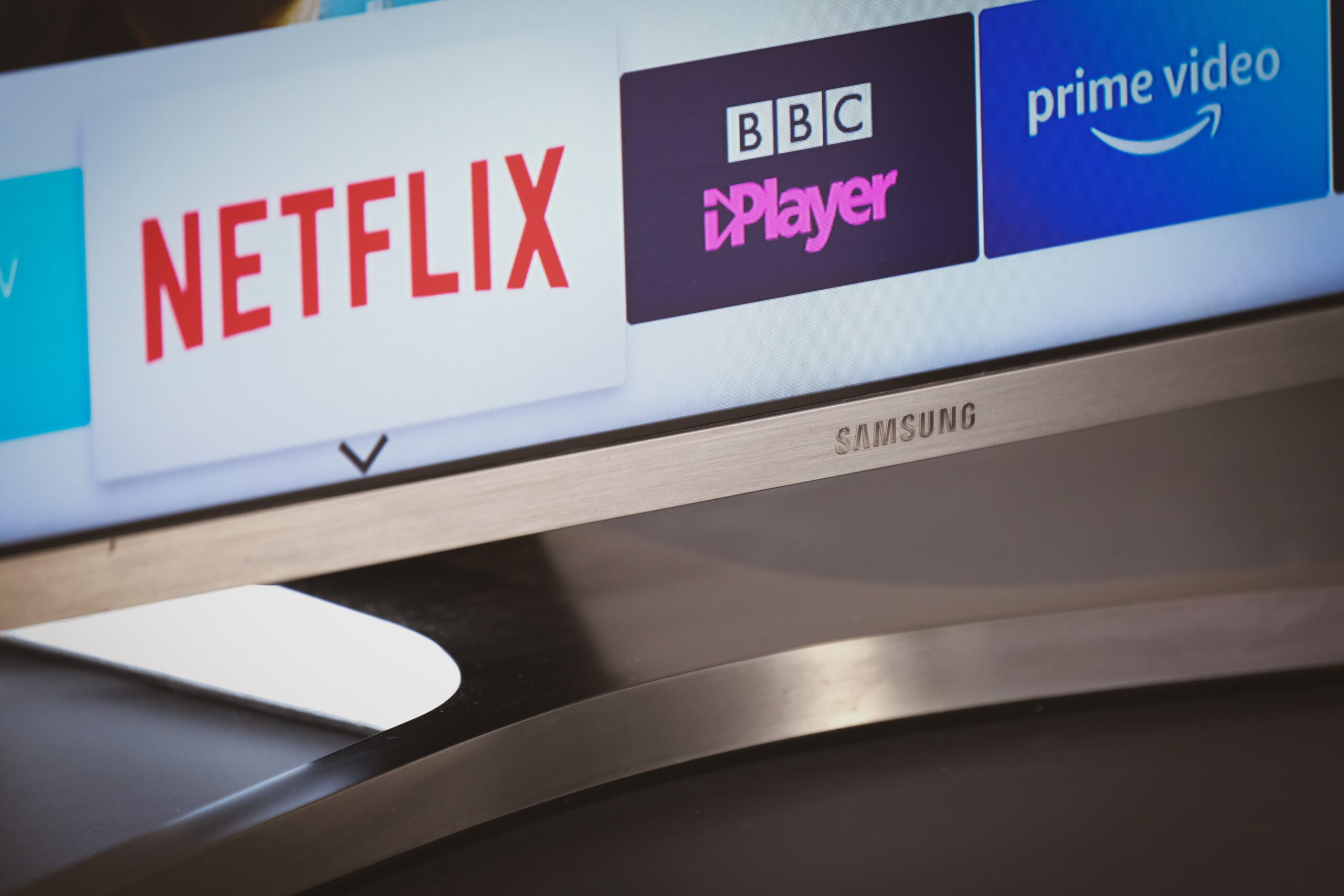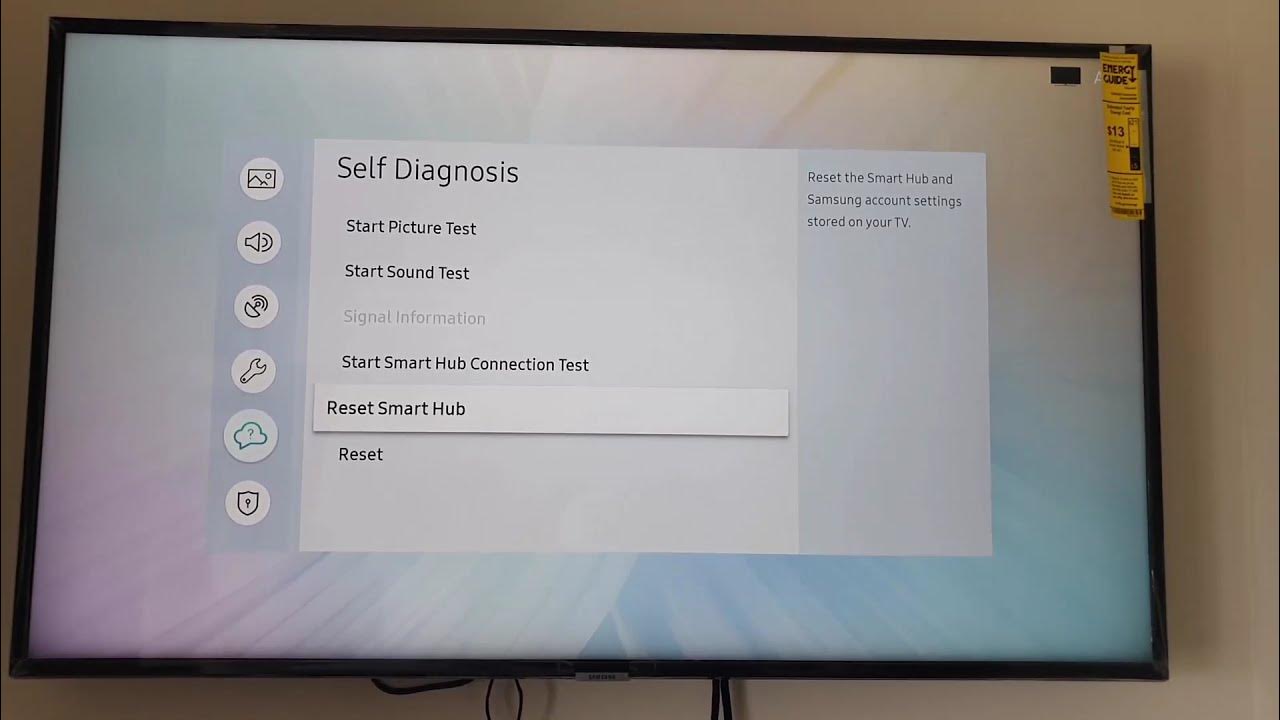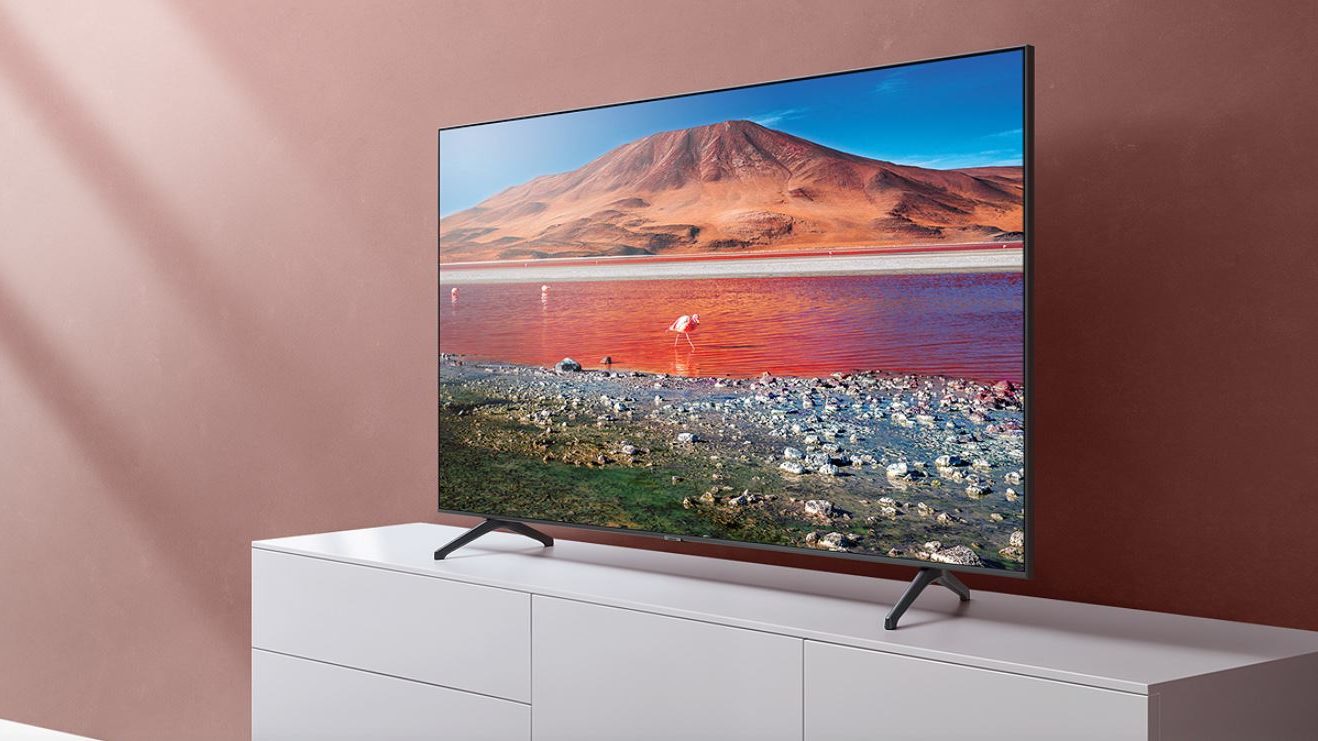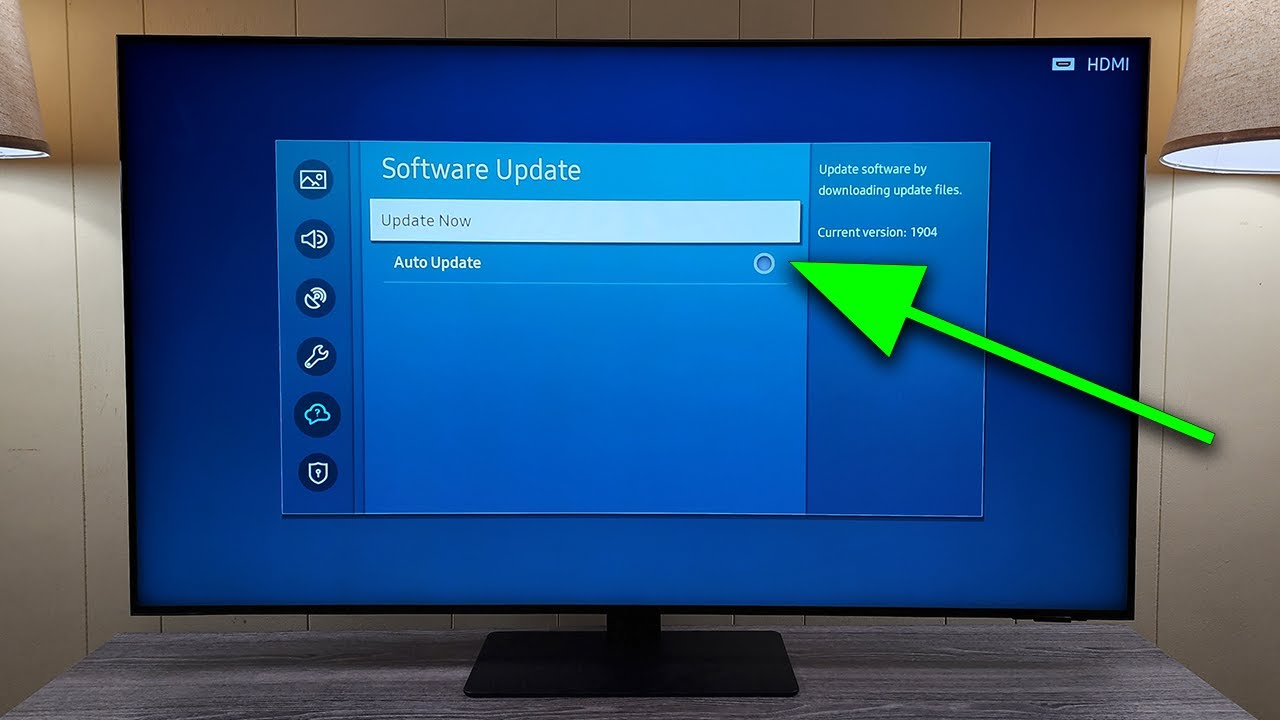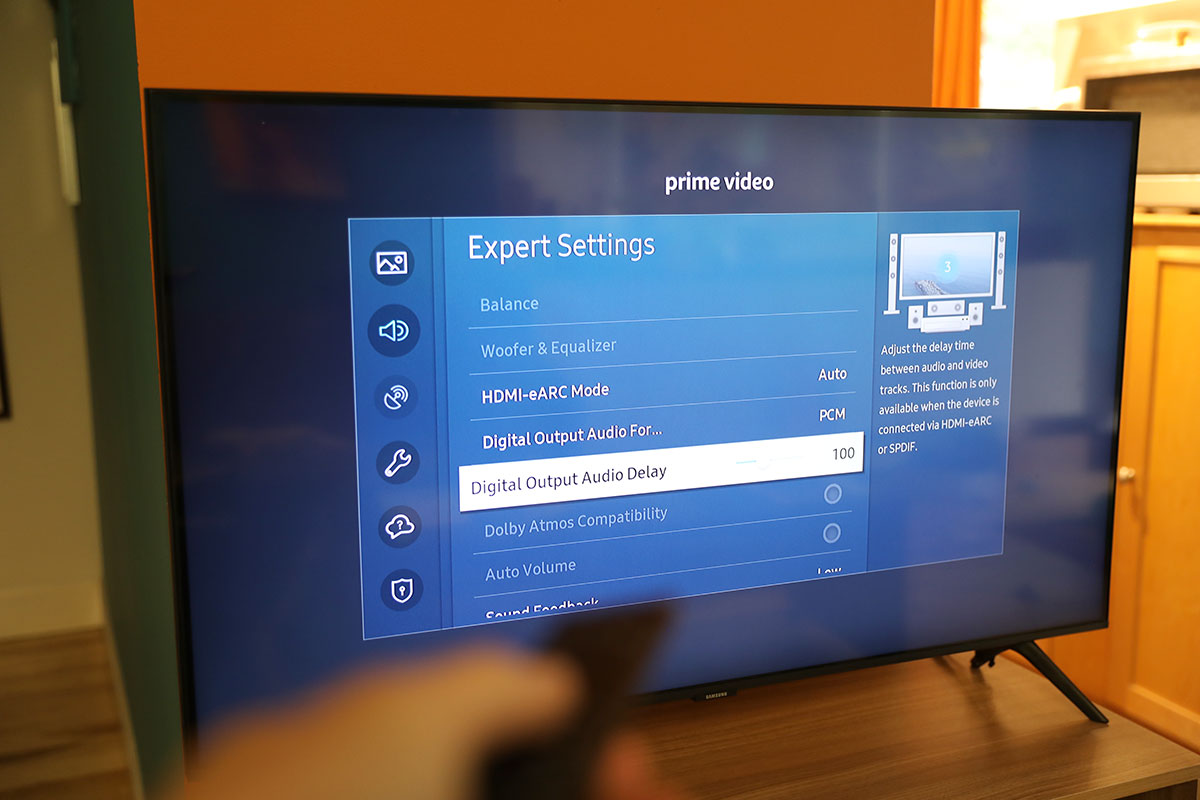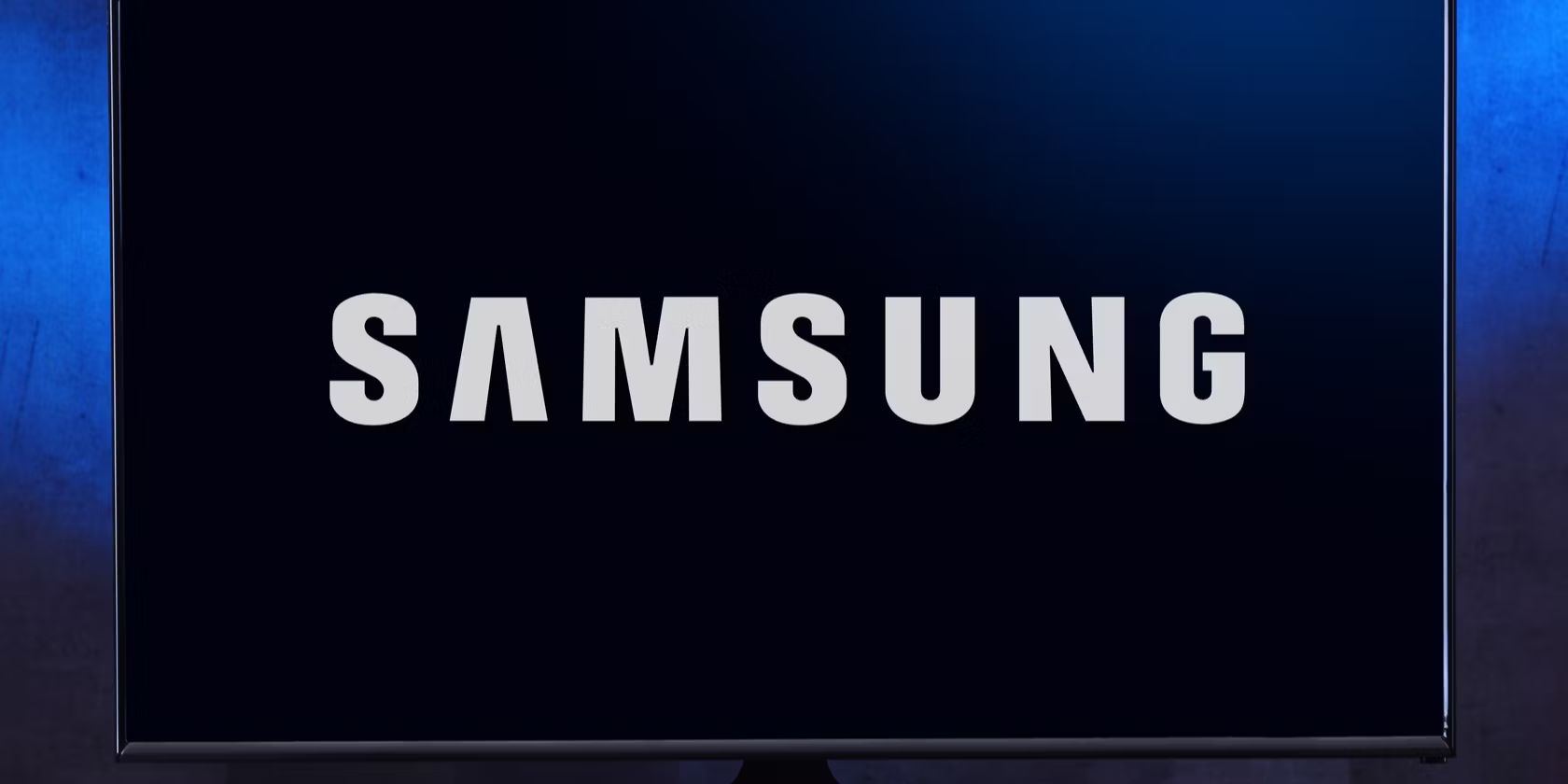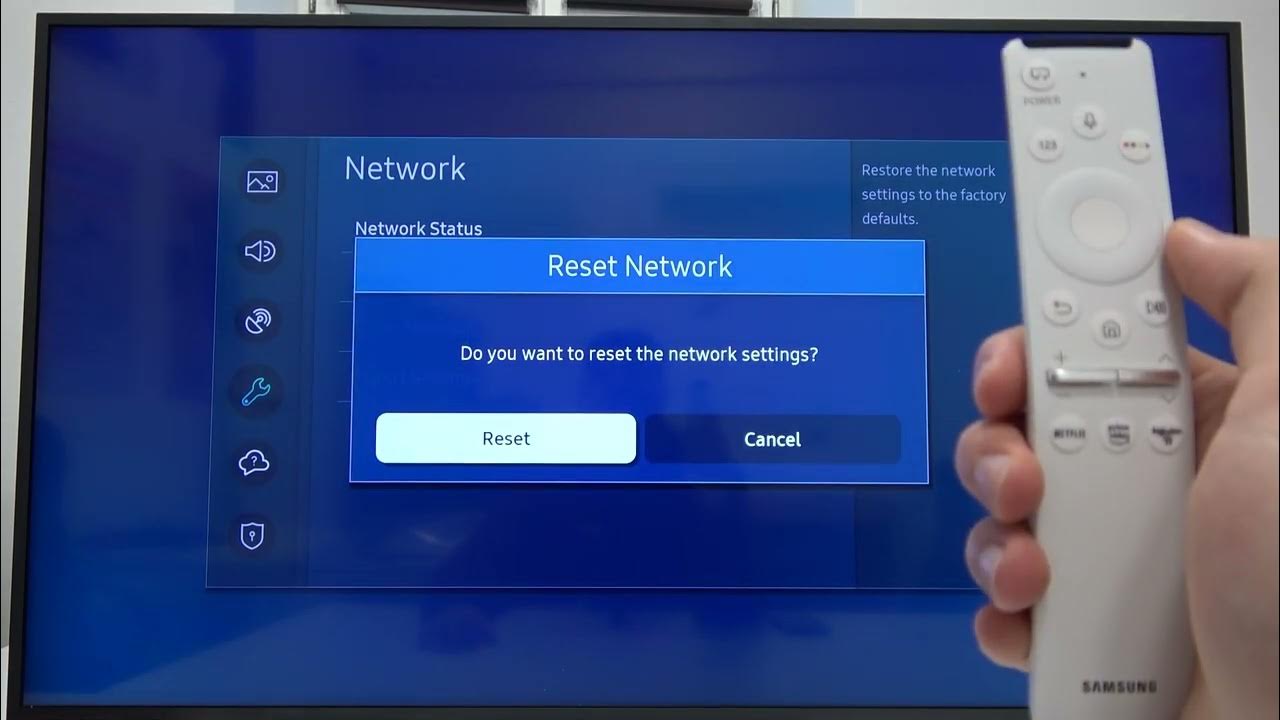Introduction
Samsung Smart TVs offer a range of advanced features and functionalities that make for an immersive home entertainment experience. However, there may be instances when you encounter issues with your Samsung Smart TV, such as freezing, lagging, or network connectivity problems. In such cases, resetting your Smart TV can often help resolve these issues and restore your TV to its default settings.
Resetting your Samsung Smart TV can be done in two ways – a soft reset or a hard reset. A soft reset simply involves restarting the TV, while a hard reset involves restoring the TV to its original factory settings. It’s important to note that performing a hard reset will erase all your personalized settings and apps, so be sure to back up any important data beforehand.
In this article, we will guide you through the process of resetting your Samsung Smart TV. We will explain both soft reset and hard reset methods and provide troubleshooting tips for common issues that may arise after resetting your TV.
It’s important to remember that resetting your Smart TV should be a last resort after trying other troubleshooting methods, such as checking your internet connection, updating firmware, or adjusting settings. If you’re unsure about any step in the reset process, it’s always a good idea to consult the official Samsung support documentation or contact their customer support for assistance.
Reasons to Reset Samsung Smart TV
There are several reasons why you might need to reset your Samsung Smart TV. Here are some common scenarios where a reset can be helpful:
– Performance Issues: Over time, a Smart TV can start to experience performance issues such as slow response times, freezing, or lagging. Resetting the TV can help resolve these issues by clearing temporary files and refreshing the system.
– Network Connectivity Problems: If you’re having trouble connecting your Smart TV to your home network or experiencing frequent disconnections, a reset can help fix network-related issues. It clears any stored network settings and allows you to set up a fresh connection.
– App Malfunctions: If one or more apps on your Smart TV are not functioning properly, crashing frequently, or not opening at all, resetting the TV can help resolve these app-related malfunctions. It resets all apps to their default state, clearing any glitches or incompatible settings.
– Software Updates: Sometimes, after a software update, certain features or functionalities on your Smart TV may not work as expected. Resetting the TV can help initialize and adapt the updated software, ensuring that all features work smoothly.
– Settings Customization: If you’ve made extensive customizations to your TV’s settings and want to start fresh or revert back to the default configuration, a reset can help achieve that. It erases all personalized settings and restores the TV to its original state.
– Selling or Giving Away the TV: If you’re planning to sell or give away your Samsung Smart TV, performing a reset is strongly recommended. It ensures that all personal data, accounts, and settings are completely removed from the TV, protecting your privacy.
Remember, before proceeding with a reset, it’s important to troubleshoot the specific issue you’re facing and determine if a reset is necessary. In some cases, a reset might not be required, and the issue could be resolved through other means. Always consider backing up any important data or settings before performing a reset, as it will erase all personalized information from the TV.
How to Soft Reset Samsung Smart TV
If you’re experiencing minor issues with your Samsung Smart TV, a soft reset is usually the first step to try. This process allows you to restart your TV, similar to rebooting a computer, and can often resolve common issues without affecting your personalized settings or installed apps. Here’s how to perform a soft reset on your Samsung Smart TV:
- Start by ensuring that your TV is turned on and that there are no ongoing recordings or scheduled programs.
- Using your TV remote control, locate the “Menu” or “Home” button. This button is typically represented by an icon of a house or a series of horizontal lines.
- Press the “Menu” or “Home” button to bring up the TV’s main menu on your screen.
- Navigate through the menu using the arrow keys on your remote control and look for the “Settings” option. Usually, it is represented by a gear or wrench icon.
- Select “Settings” and press the “OK” button on your remote control to access the TV’s settings menu.
- In the settings menu, look for the “Support” or “System” option, and select it.
- In the support or system menu, you should find a “Self Diagnosis” or “Reset” option. Select it.
- Finally, choose the “Soft Reset” option or any similar option mentioned there.
- Wait for the TV to restart. This process may take a few moments.
- Once the TV has restarted, check if the issue you were facing has been resolved.
Performing a soft reset on your Samsung Smart TV is usually a quick and straightforward process. However, if the issue persists even after the soft reset, you may need to consider performing a hard reset, which will restore the TV to its original factory settings. Keep in mind that a hard reset erases all personalized settings, so make sure to backup any important data before proceeding.
How to Hard Reset Samsung Smart TV
If you’re facing persistent issues with your Samsung Smart TV that are not resolved by a soft reset or if you want to restore your TV to its original factory settings, a hard reset may be necessary. Performing a hard reset will erase all personalized settings, installed apps, and data on your TV, so it’s crucial to backup any important information before proceeding. Here’s how to perform a hard reset on your Samsung Smart TV:
- Make sure your TV is turned on, and there are no ongoing recordings or scheduled programs.
- Using your TV’s remote control, locate the “Menu” or “Home” button.
- Press the “Menu” or “Home” button to access the TV’s main menu.
- Navigate through the menu using the arrow keys on your remote control and look for the “Settings” option.
- Select “Settings” and press the “OK” button on your remote to enter the TV’s settings menu.
- In the settings menu, find the “Support” or “System” option, and select it.
- Look for the “Self Diagnosis” or “Reset” option in the support or system menu.
- Select the “Factory Reset” or similar option mentioned there.
- You may be prompted to enter a PIN or password. If you have set up a PIN or password, enter it when prompted.
- Once you confirm the hard reset action, wait for the TV to perform the reset. This process may take several minutes.
- After the TV completes the hard reset, it will restart and display the initial setup wizard.
- Follow the on-screen instructions to set up your TV as if it were brand new.
By performing a hard reset, your Samsung Smart TV will be restored to its original factory settings, just like when you first purchased it. This means that all personalized settings, installed apps, and data will be erased. Make sure to reconfigure your network settings, reinstall any desired apps, and adjust the TV’s settings to your preferences after the hard reset.
Remember, a hard reset should only be performed if necessary, and other troubleshooting steps have been exhausted. It’s important to consider if a hard reset is the best solution for the issues you’re experiencing before proceeding with the reset process.
Troubleshooting Common Issues After Resetting Samsung Smart TV
After performing a reset on your Samsung Smart TV, you may encounter some common issues. Here are a few troubleshooting steps you can take to resolve them:
1. Setting Up Network Connection: One of the most common issues after a reset is difficulty in reconnecting the TV to your Wi-Fi network. Make sure you have the correct network credentials and try setting up the connection again. If the issue persists, power cycle your router and TV, and ensure that there are no network connectivity issues.
2. Reinstalling Apps: If the apps on your Smart TV were erased during the reset, you will need to reinstall them. Access the app store on your Smart TV, search for the desired apps, and follow the installation prompts. Note that some apps may require a login or account setup process.
3. Restoring Personalized Settings: Since a reset returns your Smart TV to its default settings, you may need to reconfigure your personalized settings. Adjust picture and audio settings, set up your preferred language, and customize any other settings according to your preferences.
4. Updating Firmware: After a reset, it’s important to check for any available firmware updates for your Samsung Smart TV. These updates often include bug fixes and performance improvements. Go to the TV’s settings menu, look for the “Software Update” or similar option, and follow the prompts to update the firmware.
5. Contacting Customer Support: If you’re still experiencing issues after troubleshooting, it may be helpful to reach out to Samsung’s customer support. They can provide further assistance and guide you through additional troubleshooting steps specific to your Smart TV model.
It’s important to note that after a reset, your Smart TV may require a bit of time to adjust and optimize its performance. Give it some time to settle, especially if you’ve made significant changes or installed multiple apps. If the issues persist and cannot be resolved through troubleshooting steps, you may need to consider seeking professional repair services or contacting Samsung’s technical support team for further assistance.
Remember, performing a reset on your Samsung Smart TV should only be done when necessary. Always consider alternative troubleshooting steps before resorting to a reset, and ensure that you have backed up any important data or settings beforehand.
Conclusion
Resetting your Samsung Smart TV can be a useful way to resolve performance issues, network connectivity problems, app malfunctions, and other common issues that may arise. Whether you opt for a soft reset or a hard reset, it’s crucial to understand the implications of each method and to back up any important data before proceeding.
Remember that a soft reset allows you to restart your TV, while a hard reset restores the TV to its original factory settings. The soft reset is often sufficient for resolving minor issues, while a hard reset should be used as a last resort and can help resolve persistent problems.
After performing a reset, it’s important to troubleshoot any new issues that may arise. This can include reconnecting the TV to your network, reinstalling apps, restoring personalized settings, updating firmware, and reaching out to customer support if needed.
In conclusion, resetting your Samsung Smart TV can provide a fresh start and help restore its optimal performance. However, it should only be done when necessary, after exhausting other troubleshooting methods. With the right steps and precautions, you can overcome common issues and continue enjoying the immersive home entertainment experience offered by your Samsung Smart TV.







